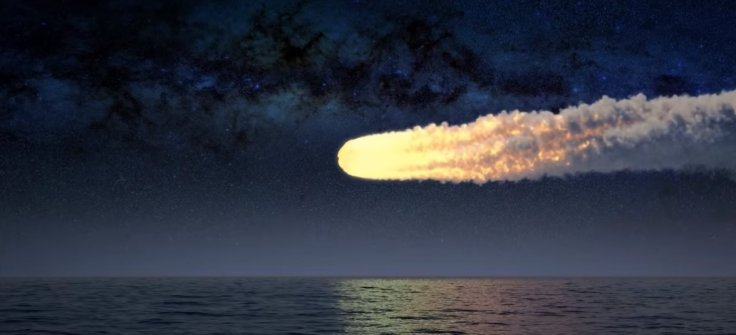
Around 66 million years ago, a giant asteroid collided with the Earth and resulted in the extinction of dinosaurs. Since then, no such space rocks have approached Earth, and this absence of asteroid hit has played a crucial role in determining the evolution of life on the blue planet. However, several space experts believe that doomsday asteroid hits are not confined to the past, and they believe that such events could happen in the future too.
Understanding the risk of a potential asteroid hit in the future, NASA is now busy developing a planetary defense weapon. The mission named The Double Asteroid Redirection Test (Dart) will be carried out in 2022, and NASA will hit a pair of asteroids named Didymos using a spacecraft.
Will NASA Create an Artificial Meteor Shower?
The $69m mission is aimed to test the ability of the United States space agency to deflect an approaching asteroid that may be on a collision course with the Earth. As NASA slams a spacecraft into this space body, pieces of asteroids will burn up in the atmosphere, and cause a meteor shower.
According to experts at the University of Western Ontario in Canada, the impact of the planetary defense weapon on the asteroid will create so much debris that some of it reaches the Earth. The impact could also create the first-ever meteor shower that will be triggered due to human activities.
Will The Space Debris Affect Life on Earth?
Even though the collision of Didymos with the spacecraft will trigger a meteor shower, it would burn up harmlessly in the Earth's atmosphere. The meteor shower could also help astronomers to know more about the composition of asteroids and meteors.
For example, if the Didymos asteroid blows up in yellow color, it indicates that the space rock is made up of iron. If the collision causes blue flames, it could be indicating a magnesium breakup.









